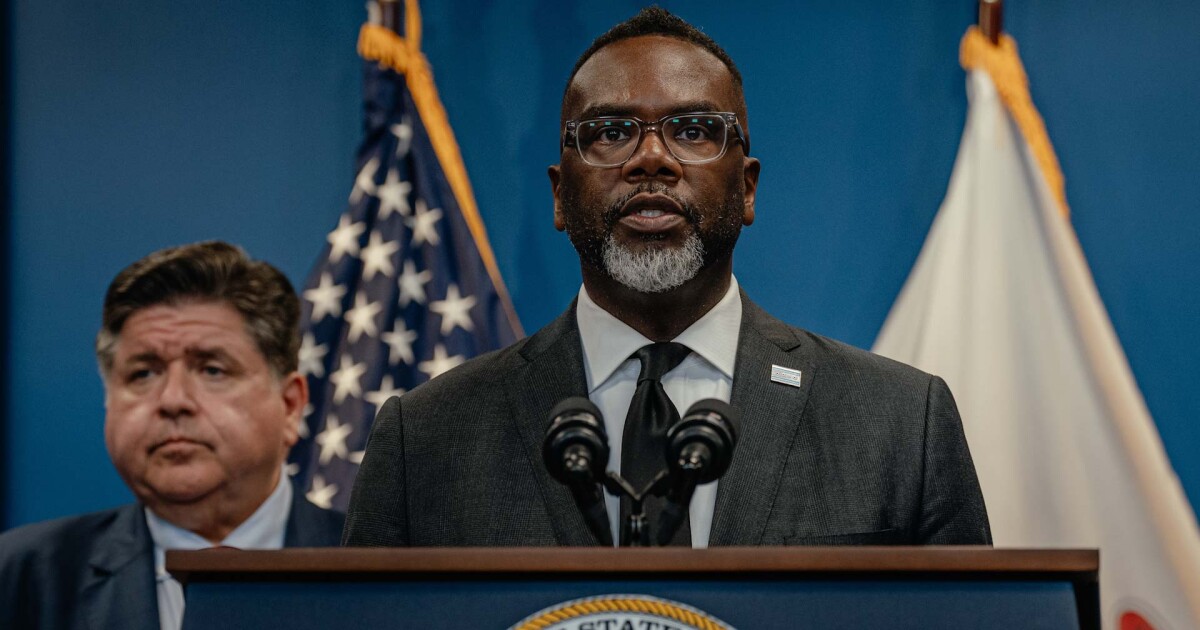Pandemic relief funds to states under scrutiny
3 min read

Charting how different states used $350 billion worth of State and Local Fiscal Recovery Funds reveals Florida rehabbing National Guard structures, and New Hampshire investing in weatherproof wireless internet connectivity devices, while Illinois used $1.5 billion to support the operation of state agencies.
As money from the American Rescue Plan Act are in the process of being obligated and spent multiple organizations and agencies are tracking the funding stream. Recipients have until Dec. 31, 2024, to obligate, and until Dec. 31, 2026, to spend their awards.
At the same time, public finance experts and academics are exploring where the biggest bang for the buck is occurring.
“Policymakers would be wise to use the funds to invest in projects that are not going to require ongoing spending commitments for them,” said Rebecca Thiess, manager, The Pew Charitable Trusts.
Observations and fresh data comes from a
The selections were partially determined by the level of detail they provided to the U.S. Treasury Department, the agency in charge of administering and dispensing the money.
The six localities directed spending into three buckets, direct pandemic response expenses, one-time investments, and operational investments. Per the report. “The analysis shows that the jurisdictions studied overwhelmingly used one-time SLFRF funding to pay for expenses deemed to be nonrecurring. Five of the six spent at least 72% of their already allocated SLFRF funds on one-time investments.”
Using ARPA money to fund state tax rebates and cuts to taxpayers remains a sticky subject. Pew’s study cited Maine’s policy of using the funds for a property tax deferral.
According to the Center on Budget and Policy Priorities, a progressive think tank,
“The tax cuts, most of which are both permanent and tilted toward wealthy households and corporations will weaken state revenues by large and growing amounts over time limiting these states’ ability to maintain support for schools and other vital public services or make new investments that can strengthen the economy and promote opportunity,” said Wesley Tharpe, senior advisor for state tax policy CBPP.
Most states are required to work from balanced budgets with taxpayer rebates in times of budget surplus baked into their constitutions. “It’s really up to the state just to take a holistic look at when this funding is going to not exist anymore and what you know what their funding is then going to look like without this pandemic aid support,” said Thiess.
The U.S. Government Accountability Office has an ongoing interest in ARPA funds. It presented its critique and recommendations to the Treasury about ongoing issues with getting ARPA money out the door via a report issued
Brookings and the National League of Cites has also been keeping an eye on ARPA funds and







